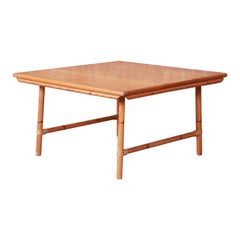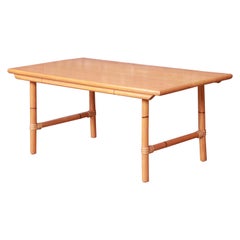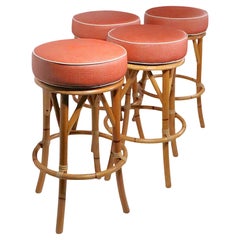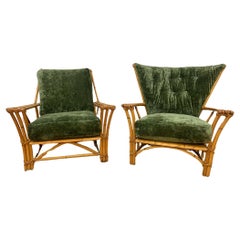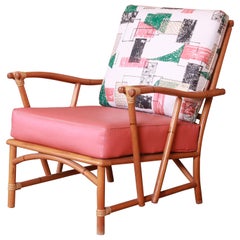Heywood Wakefield Ashcraft
Vintage 1950s American Mid-Century Modern Coffee and Cocktail Tables
Ash
Vintage 1950s American Mid-Century Modern Coffee and Cocktail Tables
Ash
Mid-20th Century American Mid-Century Modern Stools
Upholstery, Bamboo
Recent Sales
Mid-20th Century American Mid-Century Modern Lounge Chairs
Bamboo, Rattan
Vintage 1950s American Mid-Century Modern Lounge Chairs
Upholstery, Ash
Vintage 1950s American Mid-Century Modern Sectional Sofas
Upholstery, Ash
Vintage 1950s American Mid-Century Modern Side Tables
Ash
Vintage 1950s American Mid-Century Modern Living Room Sets
Upholstery, Ash
Vintage 1930s American Art Deco Chaise Longues
Rattan
Mid-20th Century American Mid-Century Modern Drop-leaf and Pembroke Tables
Ash, Chestnut, Faux Bamboo, Rattan
Mid-20th Century American Mid-Century Modern Dining Room Tables
Ash, Birch
People Also Browsed
Vintage 1950s American Mid-Century Modern Coffee and Cocktail Tables
Maple
Heywood-Wakefield Co. for sale on 1stDibs
Created by the 19th-century merger of two venerable Massachusetts furniture makers, Heywood-Wakefield was one of the largest and most successful companies of its kind in the United States. In its early decades, the firm thrived by crafting affordable and hugely popular wicker pieces in traditional and historical styles. In the midst of the Great Depression, however, Heywood-Wakefield reinvented itself, creating instead the first modernist furniture — chairs, tables, dressers and more — to be widely embraced in American households.
The Heywoods were five brothers from Gardner, Massachusetts, who in 1826 started a business making wooden chairs and tables in their family shed. As their company grew, they moved into the manufacture of furniture with steam-bent wood frames and cane or wicker seats, backs and sides.
In 1897, the Heywoods joined forces with a local rival, the Wakefield Rattan Company, whose founder, Cyrus Wakefield, got his start on the Boston docks buying up lots of discarded rattan, which was used as cushioning material in the holds of cargo ships, and transforming it into furnishings. The conglomerate initially did well with both early American style and woven pieces, but taste began to change at the turn of the 20th century and wicker furniture fell out of fashion.
In 1930, Heywood-Wakefield brought in designer Gilbert Rohde, a champion of the Art Deco style. Before departing in 1932 to lead Herman Miller — the prolific Michigan manufacturer that helped transform the American home and office — Rohde created well-received sleek, bentwood chairs for Heywood-Wakefield and gave its colonial pieces a touch of Art Deco flair.
Committed to the new style, Heywood-Wakefield commissioned work from an assortment of like-minded designers, including Alfons Bach, W. Joseph Carr, Leo Jiranek and Count Alexis de Sakhnoffsky, a Russian nobleman who had made his name in Europe creating elegant automotive body designs.
In 1936, the company introduced its “Streamline Modern” group of furnishings, presenting a look that would define the company’s wares for another 30 years. The buoyantly bright, blond wood — maple initially, later birch — came in finishes such as amber “wheat” and pink-tinted “champagne.” The forms of the pieces, at once light and substantial, with softly contoured edges and little adornment beyond artful drawer pulls and knobs, were featured in lines with names such as “Sculptura,” “Crescendo” and “Coronet.” It was forward-looking, optimistic and built to last — a draw for middle-class buyers in the Baby Boom years.
By the 1960s, Heywood-Wakefield began to be seen as “your parents’ furniture.” The last of the Modern line came out in 1966; the company went bankrupt in 1981. The truly sturdy pieces have weathered the intervening years well, having found a new audience for their blithe and happy sophistication.
Find vintage Heywood-Wakefield desks, vanities, tables and other furniture for sale on 1stDibs.
